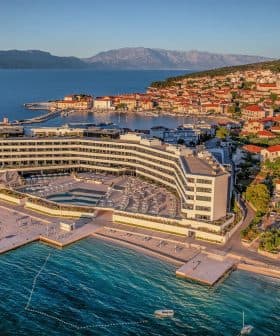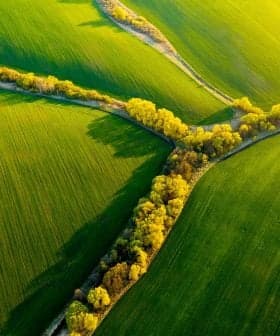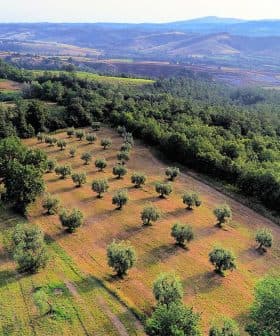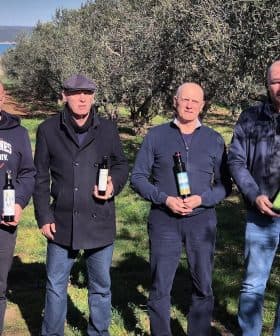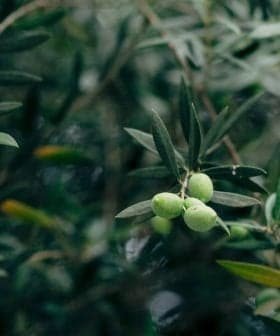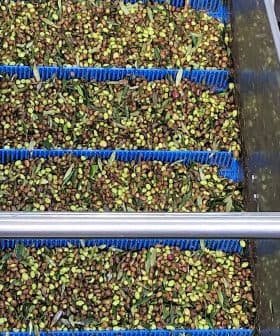Croatian Olive Grower Innovates to Overcome Drought, Pests
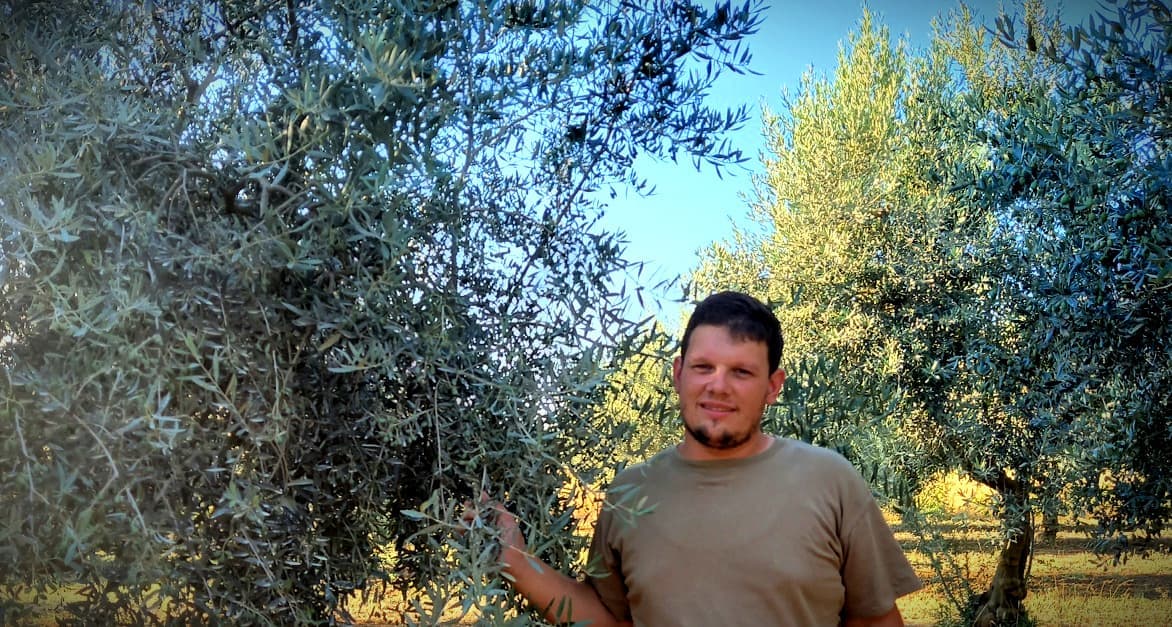
Josip Pavlica, an agronomist and olive grower in Croatia, has developed strategies to help farmers deal with extreme summer droughts by optimizing water usage through tillage, fertilization, and innovative treatments such as kaolin clay. He is also considering planting new olive varieties that can better withstand high temperatures, as well as exploring the possibility of tapping into underground water sources to ensure the quality and quantity of the crop in the face of increasing water scarcity.
In recent years, extreme summer droughts have become a significant challenge for Croatian olive growers.
The dry periods are getting longer and more extreme as spring precipitation becomes increasingly scarce and water reserves in the soil are not renewed.
These measures are very useful, but water is simply an irreplaceable element that enables high-quality, regular and continuous production.
However, Josip Pavlica, a 28-year-old agronomist and olive grower from Zadar, Dalmatia, has developed some strategies to help farmers make the most of the rain that does fall ahead of the harvest.
“In order to encourage better water accumulation in the soil, I first did an autumn tillage,” said Pavlica, who is also the secretary of the Association of Olive Growers of Zadar County. “Then I add mineral fertilizer with an emphasis on phosphorus and potassium to the soil, as well as indispensable organic fertilizer.”
See Also:A Croatian Agronomist’s Guide to Olive Tree PruningThis ensures a sufficient amount of nutrients and reduces the population of weeds, which compete with olive trees for water and nutrients.
Furthermore, at the beginning of spring, in his olive grove in the northern Dalmatian region of Zemunik Gornji, Josip implements top-feeding with an emphasis on nitrogen. He also performs shallow tillage to preserve the existing moisture in the soil.
Also, in the spring and summer, he carries out foliar feeding several times with a combination of fertilizers containing macro and microelements. Finally, he adds a biostimulant to prepare the plant for the stress caused by arid conditions.
Starting in the current growing season, he also started treating his olives with a preparation based on kaolin clay preserves moisture in the trees’ leaves and deters olive fruit fly infestations.
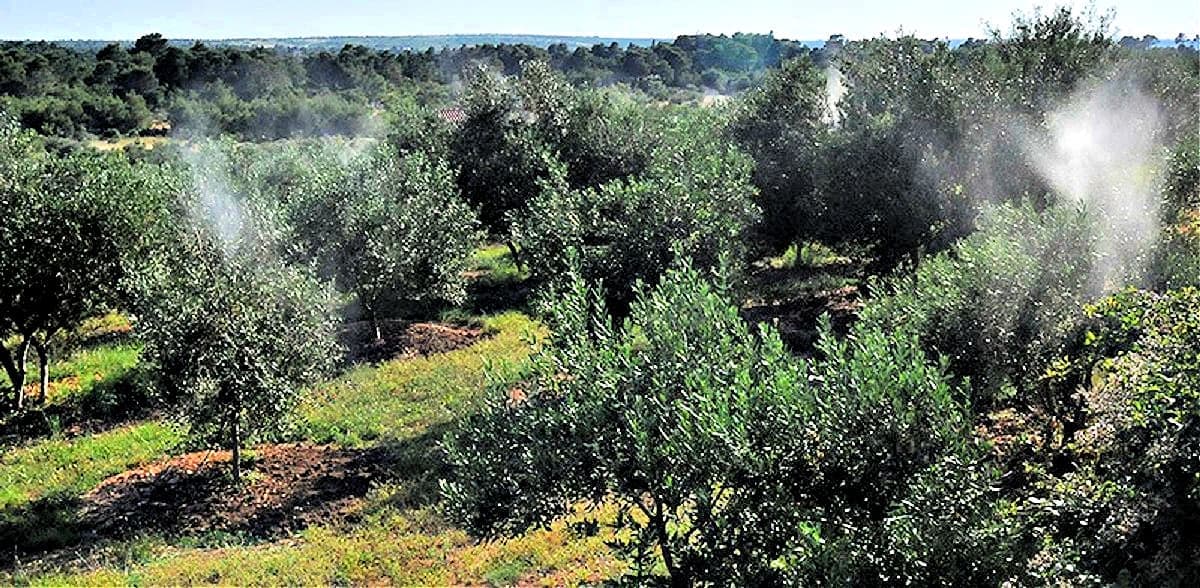
Spraying the olives
“The white color causes the sun’s rays to be reflected, which warms the tree to a lesser extent and reduces evapotranspiration and thus water loss,” Pavlica said.
He adds that kaolin clay has proven to be very good in practice against the olive fruit fly, the most pernicious olive pest.
When it covers the fruit, the clay creates a barrier the fly cannot penetrate. The white color also makes the fruit unrecognizable to the fly.
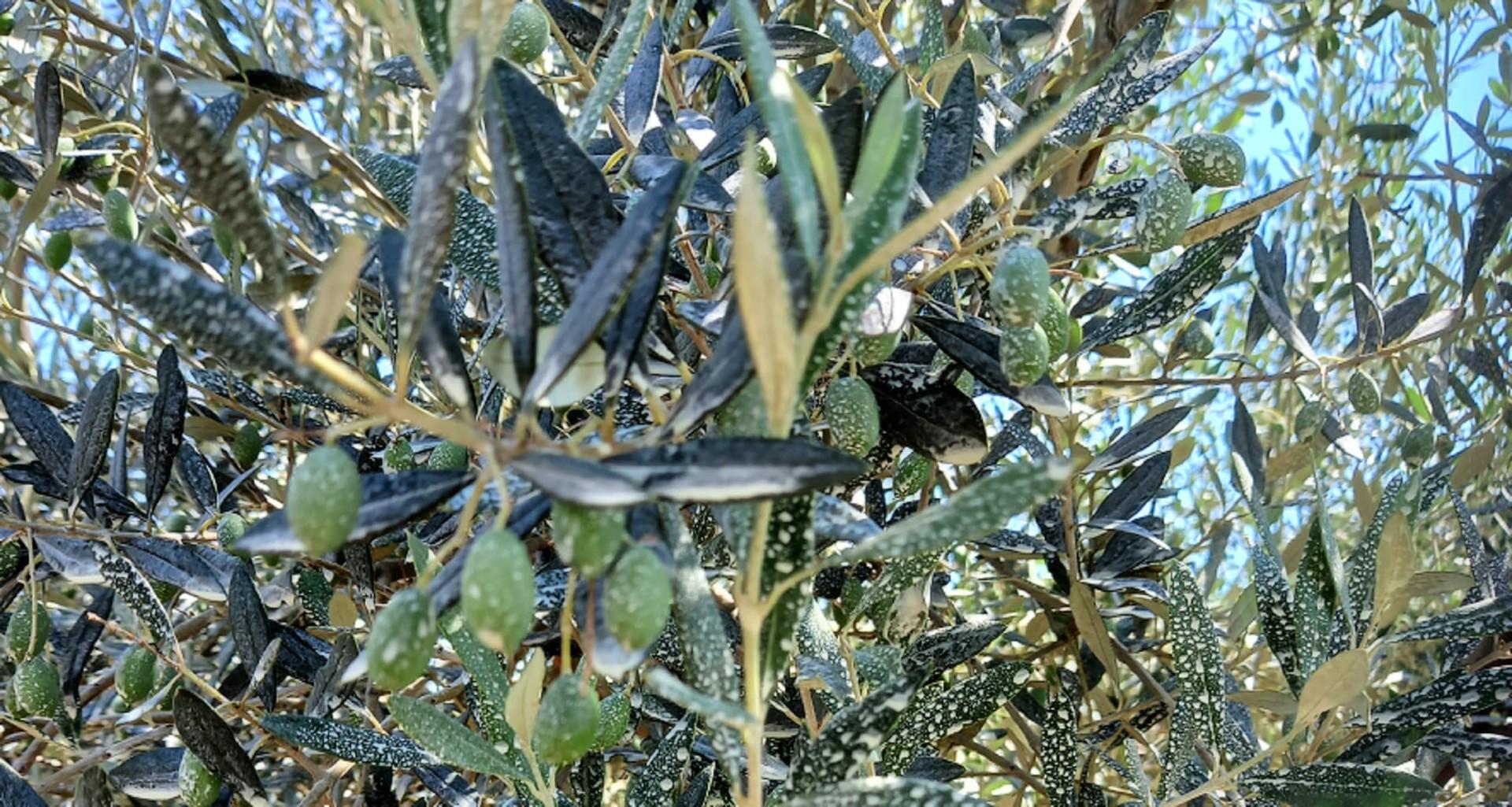
Kaolin clay protects against pests
“This kind of treatment is completely ecological and does not leave any residues in the oil,” Pavlica said.
However, he added that all these measures are unnecessary if the olive trees are not getting enough water to produce fruit in the first place.
“All these previously mentioned measures are very useful, but water is simply an irreplaceable element that enables high-quality, regular and continuous production,” Pavlica said.
Therefore, he is considering whether to look for an underground water source to preserve the quality and quantity of the crop. This is usually a rather expensive undertaking, but it is increasingly likely that it will become inevitable.
Encouraged by the example of the award-winning producer, Ivica Vlatković, Pavlic intends to plant new olive varieties that come from sub-Saharan Africa, which tolerate high temperatures much better than the native Oblica variety.
Furthermore, the irrigation of olive groves requires large amounts of water, with each tree requiring several hundred liters of water per round of irrigation.
Some olive growers, including Vlatković, have already begun to tackle this problem by irrigating the canopies of their trees.
With significantly lower water consumption, the sprinklers must include a misting system at night when the air is the coldest, and the least amount of water will evaporate.
The crown of each tree has its own nozzle that sprays. The water then flows from the branches down to the ground beneath the tree.
The leaf surface manages to absorb very small particles of water, and the result is visible in a very short time. Water consumption is also significantly reduced compared to the classic irrigation system, Pavlica concluded.



